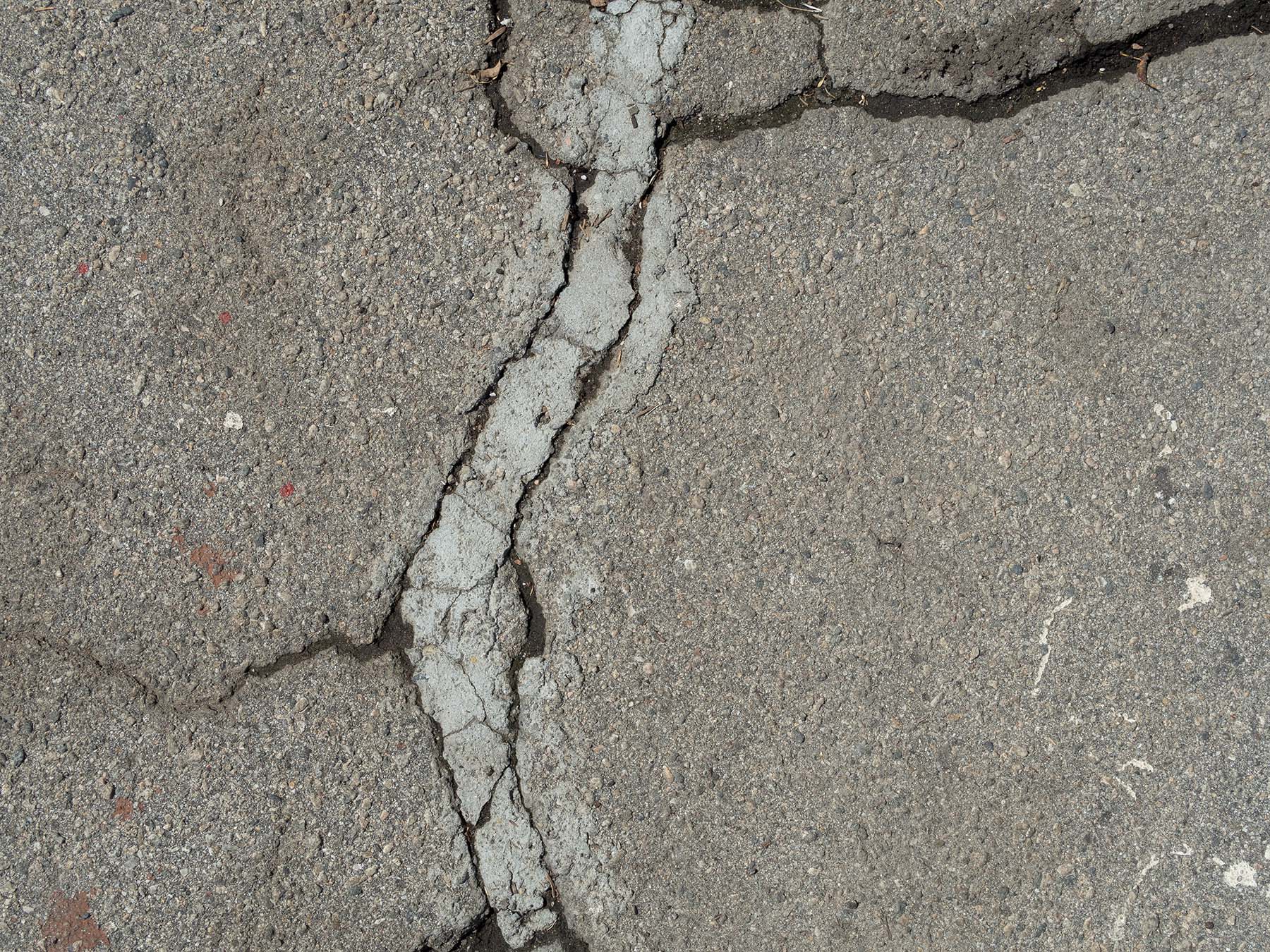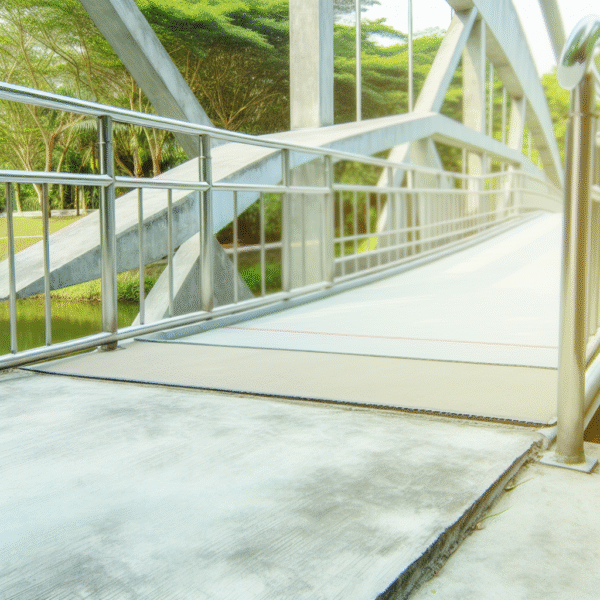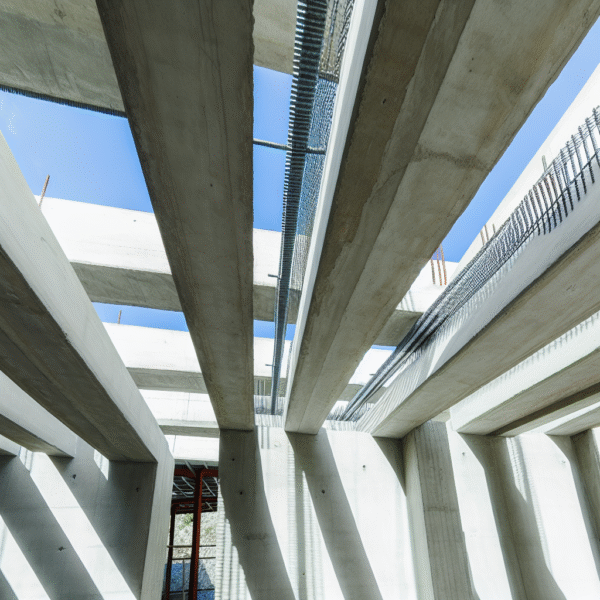Self-healing concrete is an innovative construction material capable of autonomously repairing cracks and damage without human intervention. This technology uses various mechanisms to detect and heal cracks, significantly improving the durability and lifespan of concrete structures.
Mechanisms of Self-Healing Concrete
Self-healing concrete relies on different mechanisms to repair cracks. One approach incorporates microorganisms or bacteria into the mix. When cracks form and water enters, these microorganisms are activated and produce calcite, a mineral that fills the cracks, restoring the concrete’s integrity.
Another method involves encapsulated healing agents, such as polymers or mineral-based materials, which are embedded within the concrete. When cracks occur, the capsules rupture, releasing the agents to react with environmental factors, forming new material that seals the cracks.
Benefits of Self-Healing Concrete
This concrete offers numerous advantages. By repairing cracks automatically, it extends the life of infrastructure, reducing maintenance costs and minimizing disruptions to transportation networks. This technology enhances the safety and reliability of concrete structures, preventing crack propagation and deterioration over time.
Additionally, it improves resilience against environmental factors like freeze-thaw cycles, chemical exposure, and mechanical loading, maintaining structural integrity and performance.
Applications of Self-Healing Concrete
Self-healing concrete has various applications across infrastructure sectors. In bridges, it helps mitigate corrosion-induced cracking, prolonging the lifespan of decks and cutting maintenance costs. For highways and pavements, it improves durability by reducing rutting and potholes caused by traffic and environmental factors. In buildings, it reduces the risk of water infiltration and structural deterioration.
Future Prospects and Challenges
Despite its promise, this concrete faces challenges in scalability, cost-effectiveness, and long-term performance. Ongoing research is focused on overcoming these hurdles, with the goal of making it a widespread solution in the construction industry.
As the technology evolves, this concrete has the potential to revolutionize how we design, build, and maintain infrastructure, paving the way for safer, more durable, and sustainable structures for future generations. By leveraging its capabilities, we can create resilient infrastructure systems that endure and contribute to societal progress.




